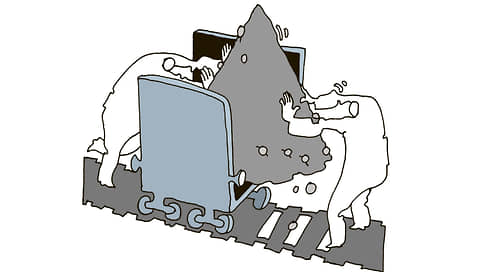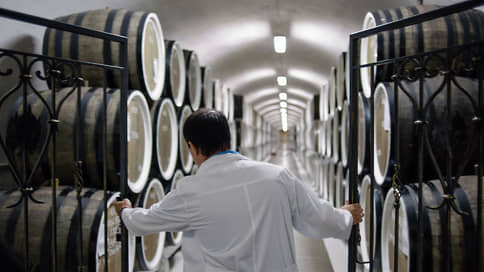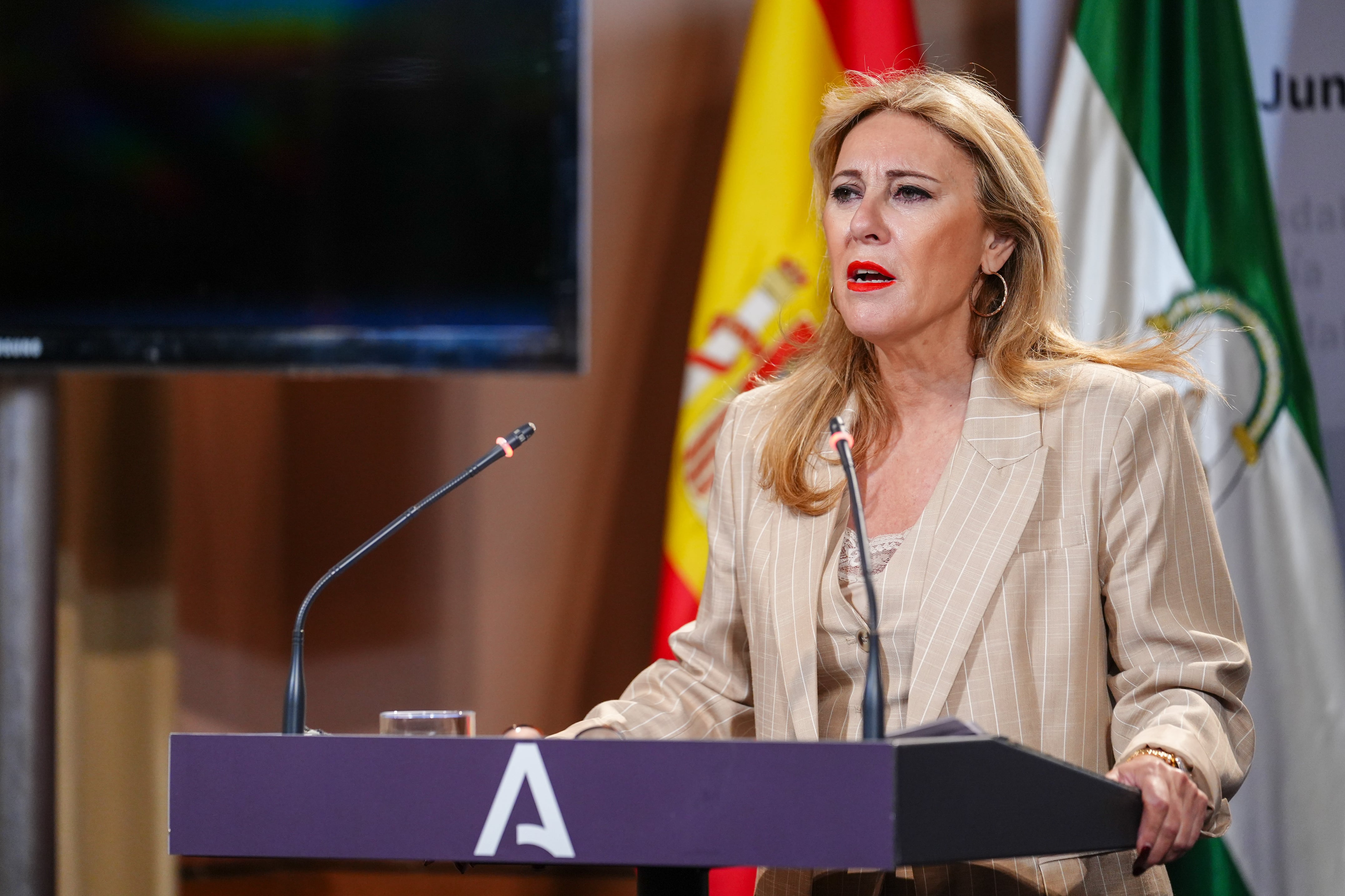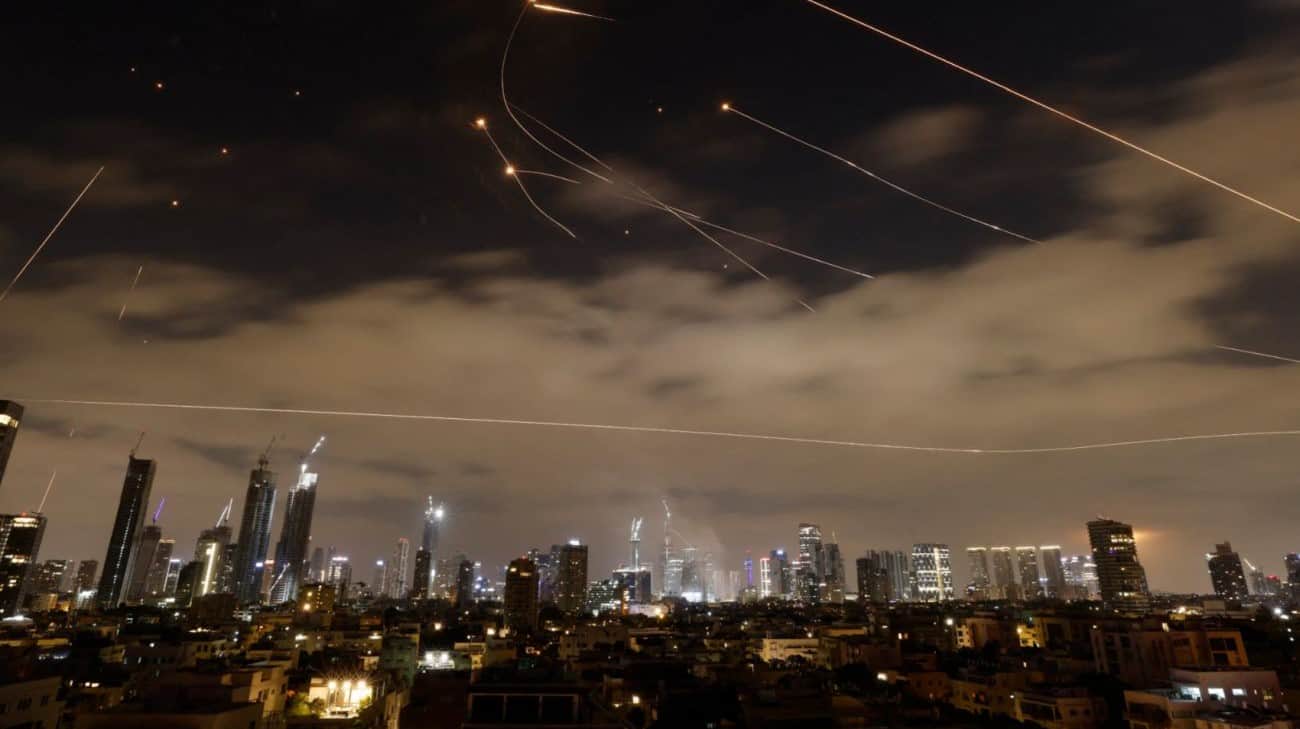Coal prices in Asia fell to annual minimums

Excessive reserves in warehouses and adverse weather for energy coal led to a decrease in the demand for solid fuel in the Asian markets. The cost of Russian and world brands in the region was at the annual minimum. Against the backdrop of extremely low prices, many manufacturing countries have announced a reduction in production, which can balance the market.
Sufficient coal reserves for leading importers in combination with a decrease in domestic prices in China continue to exert pressure on quotes in the region, the NEFT Research report said. In India, analysts indicate, most consumers still prefer local coal, and Russian suppliers experienced difficulties with the implementation. As a result, the prices of Russian coals in the Asian markets in the end of April were on the annual minimums, falling to $ 64.6 per ton on FOB East. This is 18.1% lower than the levels of the beginning of the year and 24.5% less than a year earlier. The annual minimums are recorded in the global market: depending on the port in Asia, energy coals with fat content of 5500-6000 kcal cost $ 70.6–93 per ton.
Against this background, the non -backs of Russian coal miners also show anti -records, follows from the materials of NEFT Research.
If the profitability of the export of coking coal was slightly supported by accidents at coal enterprises of Australia (See “Kommersant” from April 21), then the shipments of energy brands eastly bring almost 500 rubles to Russian coal miners. Loss with a ton. This is the maximum loss for the observation period, indicate in NEFT Research.
In the near future, prices and demand in the eastern markets for energy coals should not be expected, experts believe. Neft Research partner in consulting Alexander Kotov says that only extreme weather phenomena, such as abnormal heat or drought, can contribute to the restoration of demand and coal prices (under such conditions, the production of electricity at the Asian hydroelectric power stations is reduced and the demand for charcoal generation is growing and grows). In particular, the analyst notes, closer to summer, buyers in India begin the traditional replenishment of energy coal reserves, which is associated with the upcoming season of monsoon rains. But so far all enterprises who have a high cost of production work at a loss, the expert indicates.
For Russian manufacturers of energy coal, according to him, the situation was aggravated by the transition to innovative cars, which is why the wagon component in the cost of logistics has grown greatly. From the second quarter, the export transportation of coal from Kuzbass to the East as part of an agreement with Russian Railways OJSC must be carried out in innovative gondola cars (75 tons) instead of typical (69 tons). But, notes Mr. Kotov, for cheaper energy coals, the growth in costs was not leveling the increase in the efficiency of loading, as happened for more expensive coking brands.
The expert of the Institute of Economics and Energy Alexander Titov expects coal prices will remain at minimum indicators throughout 2025.
But the coal miners are already working at a loss, so “there are no more subsidence than $ 7-10 per ton,” he adds. The trend of the coming months will be an active reduction in production and supply of coal in the market due to low prices and negative profitability of production, says Mr. Titov. “In April, there were already statements from Colombian companies about the reduction of production, the Indonesians sagged exports, including due to the desire of the government to regulate export prices, there are problems in mosambics, several accidents at objects in Australia. A decrease in production in China will begin. And these are the volumes that affect the market very much, ”he lists.
The reduction in production will contribute to the weakening of excess supply and normalizing coal prices, the director of the NCR agency NKR Nariman Tayketaev counts. So, the expert believes, prices will not stay for a long time near extreme minimums. At the same time, Mr. Tayketaev notes, despite the export restrictions and the pressure of the sanctions, Russian coaling companies still show great operating stability in the conditions of price minimums. According to him, the average cost of coal mining in Russian companies is 25-30% lower than in Indonesian, and about 50-60% lower than in Australian, which gives a certain competitive advantage. “Additional support to Russian coal miners can ensure solving logistics problems with export, lifting Chinese duties, as well as an increase in demand for natural gas in Europe. This can lead to a reduction in its supplies to Asian countries, which, in turn, will strengthen the demand for coal in the region as an alternative source of energy, ”the expert believes.








